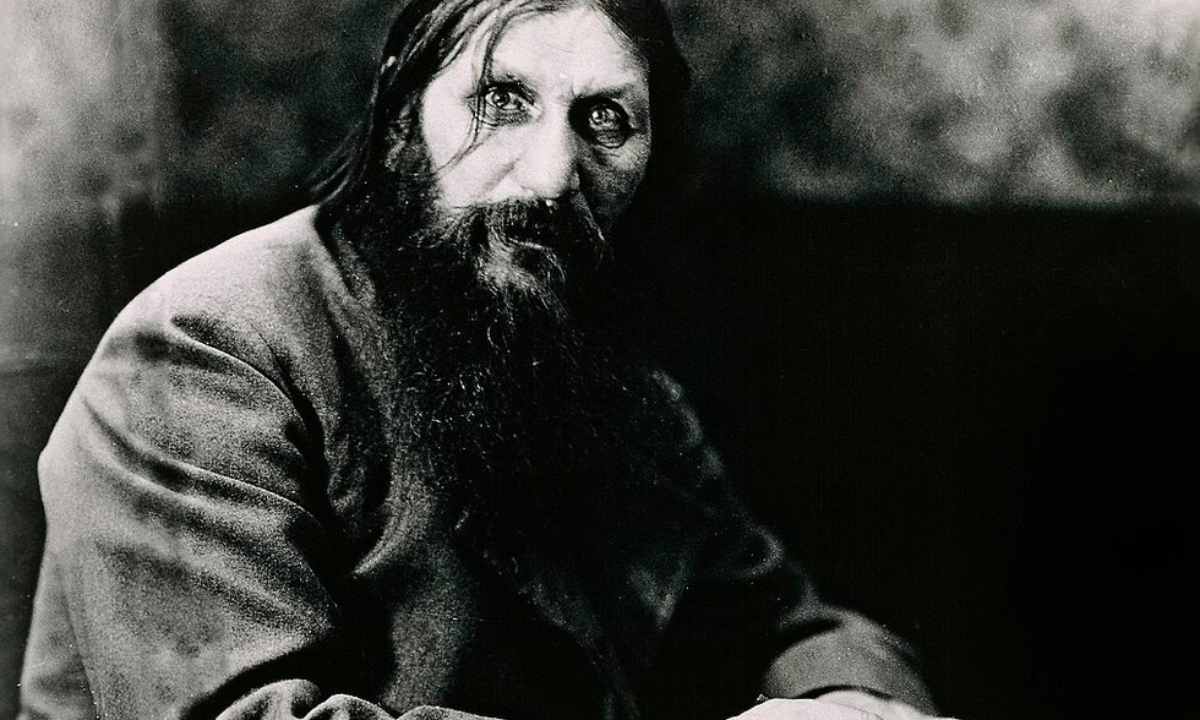Poisoned Twice and Shot at Least Five Times – This is the ‘Hardest Man to Kill in All of Human History’!
Grigori Yefimovich Rasputin was a Russian mystic and faith healer born on January 21, 1869, in Siberia. Also known as the “Mad Monk,” Grigori became one of the most controversial figures in Russian history due to his close relationship with the imperial family of Nicholas II, the last Emperor of Russia.
Rasputin was able to heal the royal heir at the time from a rare condition of hemophilia. His influence over the royal family and his notorious behavior made him a target for many assassinations. But the assassinations hardly had anything on him. He was stabbed, poisoned twice, and even shot around 5 times. Let’s have a closer look at the full story.
The Rise of Rasputin | Introduction to the Royal Family
Rasputin was born in the small village of Pokrovskoye, near Tyumen in Siberia. Despite attending school, he remained illiterate and gained the nickname “Rasputin,” meaning “debauched one.” At the age of 18, Rasputin underwent a religious conversion and began his journey as a mystic. He spent time in a monastery at Verkhoture and was influenced by the Khlysty sect, which believed in achieving a state of “holy passionlessness” through intense physical experiences.
In 1903, Rasputin arrived in St. Petersburg, where he was welcomed by influential religious figures. By 1905, he was introduced to the royal family, and in 1908, he was called to the palace to help the hemophiliac heir, Aleksey Nikolayevich. His ability to ease Aleksey’s suffering, likely through hypnotic powers, earned him the trust of Emperor Nicholas II and Empress Alexandra.

Rasputin’s Influence Over the Imperial Family
Rasputin’s role in healing Aleksey solidified his influence over the royal family. When Nicholas II left for the front lines during World War I in 1915, Rasputin’s power grew as Alexandra relied heavily on his advice. He began influencing appointments of church officials and cabinet ministers, often to the detriment of Russia.
Rasputin was seen by some as a visionary and prophet, while others viewed him as a fraud. His scandalous behavior outside the court, including acquiring mistresses and seducing women, caused many to question his integrity. Reports of his misconduct led to a temporary banishment in 1911, but Alexandra’s unwavering support ensured his return.

The Failed Assassination Attempts
The first major attempt on Rasputin’s life occurred on June 29, 1914, when a peasant woman named Khioniya Guseva stabbed him in the stomach. Rasputin survived after surgery and a lengthy recovery. Guseva, believed to have been influenced by the defrocked priest Iliodor, was found not responsible for her actions due to insanity.

The Final Night: December 29-30, 1916
A group of nobles, led by Prince Feliks Yusupov, decided to eliminate Rasputin to save the monarchy from further scandal. They invited Rasputin to Yusupov’s palace and poisoned him with cyanide-laced cakes. He was not dead still. Then Yusupov offered some Madeira wine which was also poisoned. He drank three glasses, and to their shock, the poison had no effect.
In a panic, Yusupov shot Rasputin multiple times, but Rasputin managed to escape into the courtyard. There, he was shot again by Vladimir Purishkevich, a member of the Duma. The conspirators then bound him and threw him into the Neva River, where he finally drowned.
Dmitry Kosorotov, the city’s senior autopsy surgeon discovered a single bullet in Rasputin’s body. However, he stated that the bullet was too badly deformed. Dmitry also found no evidence of poison in Rasputin’s body. According to both Smith and Fuhrmann, Kosorotov there was also no water in Rasputin’s lungs. However, an autopsy later suggested that Rasputin likely died from final gunshot wounds, not drowning.

Legacy and Mysteries Surrounding Rasputin’s Death
Rasputin was buried on 2 January in Tsarskoye Selo. But Rasputin’s wife, mistress, or any of the children were not invited to the funeral. Later his body was burned according to the orders of Alexander Kerensky.
Rasputin’s death only strengthened Alexandra’s resolve to uphold autocracy, but the Russian Empire soon fell to revolution. Rasputin remains a figure shrouded in mystery. He kept his legacy of his seemingly indestructible nature and his controversial role in Russian history.
Conclusion
Grigori Rasputin’s rise to power, his influence over the Russian imperial family, and the dramatic assassination attempts against him make him one of the most enigmatic and resilient figures in history. His legacy endures, reminding us of the complex interplay between mysticism, power, and the unexplained.
Also read,







